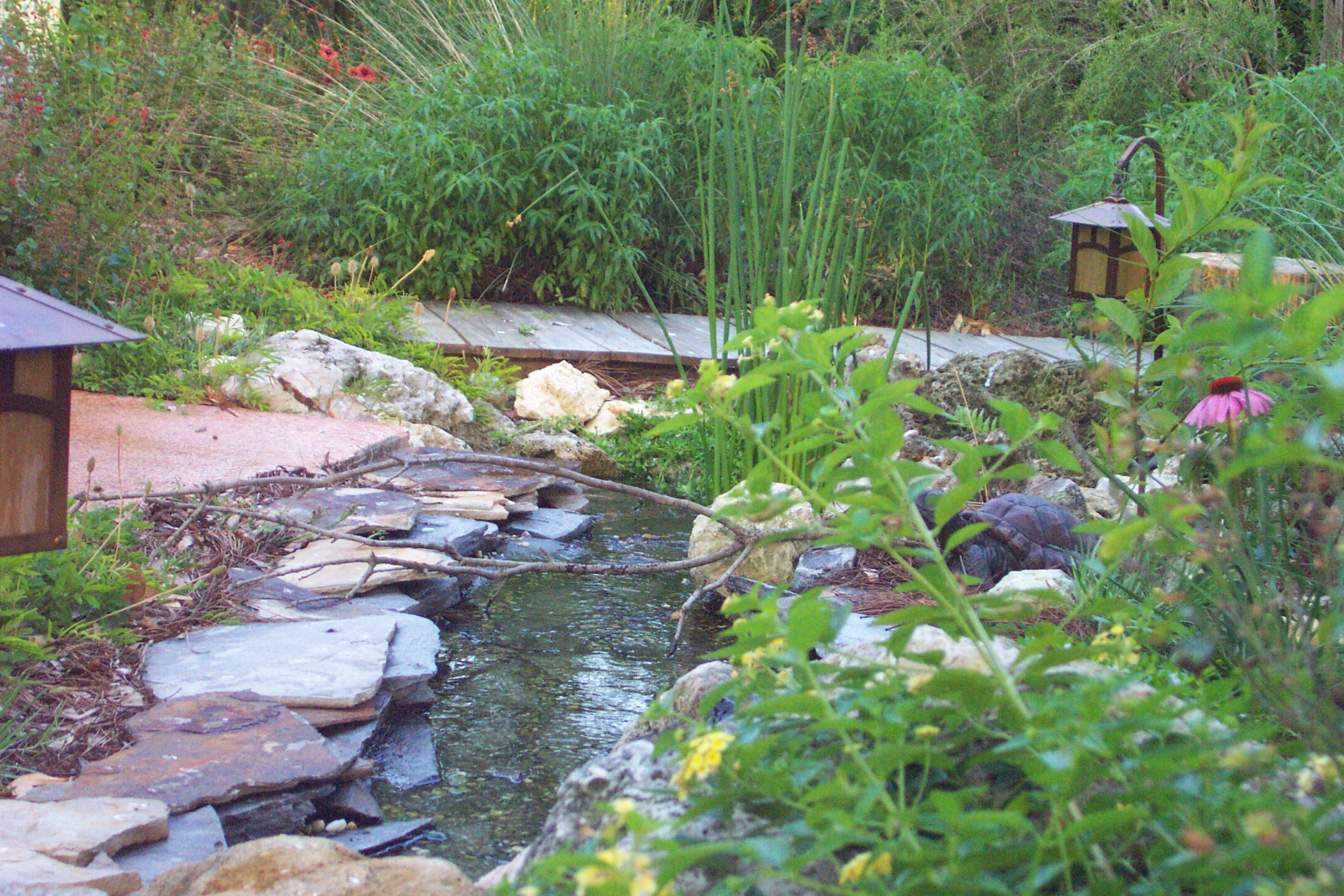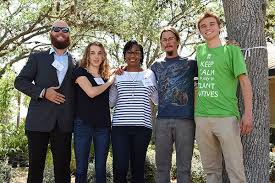If there was an option that would allow you to lower the long-term cost of your restoration project, while providing a beautiful landscape, habitat for wildlife, and water conservation, would you use it? Native plants can provide all of these benefits and more. The information below will help introduce you to using native plants and explain how they can benefit restoration projects in Florida.
What Is “Native”?
First, what is a “native” plant? The U.S. Department of Agriculture (USDA) defines “native” to include plants that are “part of the balance of nature that has developed over hundreds or thousands of years in a particular region or ecosystem.” Therefore, plants found in the United States prior to European settlement are considered native to this country. USDA indicates that designating a plant as “native” should also include a geographic qualifier, such as “native to the Everglades,” “native to Florida,” or “native to the Southeast.” Since native plants evolved in the context of specific ecosystems, they are adapted to local conditions, including the type of soil, elevation, seasonal rainfall patterns, and local insects and wildlife. This makes them far more likely to thrive in the local environment, and will require less long-term maintenance in terms of watering, fertilizer, weeding, and pest control. To find plants native to your specific area, you can use interactive tools found on the website of the Florida Native Plant Society, or consult the lists and resources available from the University of Florida. The University of Florida’s Institute of Food and Agricultural Science also has a helpful pamphlet that explains the benefits of choosing the “Right Plant” for the “Right Place.”
Native Plants: Foundations of Communities
In the wild, plants are generally a part of a larger community or ecosystem. Because the species in these communities evolved together, they interact and provide benefits to one another, making a community of plants much stronger and more weed-resistant than non-native plants that are simply planted in close proximity to one another. While it may sound like science fiction, the root systems of native plants have a special fungus, called “Mycorrhizae,” that helps them to absorb nutrients and resist weeds and invasive species. As explained further below, these communities also include pollinators like butterflies and bees, birds, and other wildlife.
Preserving Florida’s Species and Heritage
Florida is one of the most species-rich places in the country, but that richness and diversity is being threatened by development. There are already 70 endangered species in Florida. Although it may seem like a small step, using native species as part of your restoration project can help stem this tide of species loss and attract beneficial pollinators, birds, and other wildlife to your garden. As you may know, pollinators are in serious trouble – monarch butterflies and bees are disappearing, and bats are dying. Moths and butterflies like the monarch require specific “host” plants – that is, caterpillars will only eat a few specific types of plant. Monarchs are in trouble in part because native milkweed, their host plant, is disappearing. Using native plants is an easy way to attract butterflies and birds to your landscape. The Audubon Society has an online tool to help you find plants that will benefit birds, while the University of Florida provides a list of perfect plants for pollinators.
Practical AND Pretty
With all of these benefits, why aren’t native species used more often in the landscape? For one thing, there is a myth that native plants are not as pretty or as attractive in the landscape as some non-native ornamentals. This is simply not true, however; landscapes that incorporate native plants are just as beautiful as landscapes that don’t, if not more so. Because they may not be as common or familiar, some native plants may also be somewhat more expensive to purchase or difficult to find. Any extra costs up front, however, should be more than made up for by reduced maintenance costs and the greater benefits that native plants will bring to the landscape.
Tips for Getting Started
First, it is important to consider your site’s characteristics and your goals for the project. Soil conditions, topography (for example, the slope of the site), hydrology, plants currently present at the site, and the local climate are all important factors. Then, with these characteristics and your goals in mind, choose plants that are appropriate for the different locations at your site. Although this may sound obvious, choosing plants that are ill-adapted for the intended location is a common mistake! Even within a site, certain places may be shady and damp, while others are sunny and dry. As described earlier, it’s beneficial to choose plants that evolved together and are part of the same plant community.
Once you’ve selected your plants, carefully consider the best options for obtaining them. Seeds are less expensive and easy to distribute over a large site. However, they can take years to establish, may be eaten by birds or rodents, and are more easily overtaken by weeds and invasive plants than more established plantings. Plants can be obtained from a native plant nursery or can sometimes be salvaged from other sites. Although native plants require less maintenance than other plants, “less” maintenance does not mean “none.” You will need to think about providing some type of irrigation or supplemental water, at least while plants are being established, and provide for removal of invasive species and weed control.
While using native plants may seem a bit intimidating at first, simply because they may not be as familiar, there are plenty of resources available and people willing to help. The benefits – including water conservation, reduced maintenance costs, food and habitat for wildlife, and a beautiful landscape – mean that your investment will pay off in myriad ways. Creating and maintaining a gorgeous habitat benefits not only your local community, but bees, birds and butterflies as well, and helps preserve some of the natural beauty that is one of Florida’s greatest treasures.
If you have questions about your restoration project and using native plants, give us a call.


